There’s something undeniably captivating about staying where history was made. Imagine sleeping in rooms where soldiers once stood guard, dining in halls where military strategies were planned, and walking through corridors that have witnessed centuries of stories. These aren’t just hotels—they’re time capsules wrapped in luxury linens and five-star service.
Around the world, visionary hoteliers have transformed ancient fortresses into some of the most unique accommodations you’ll ever experience. Here’s a list of 16 historic forts that have traded their military past for a hospitality future, each offering guests the chance to live like royalty in walls built for war.
Neemrana Fort Palace
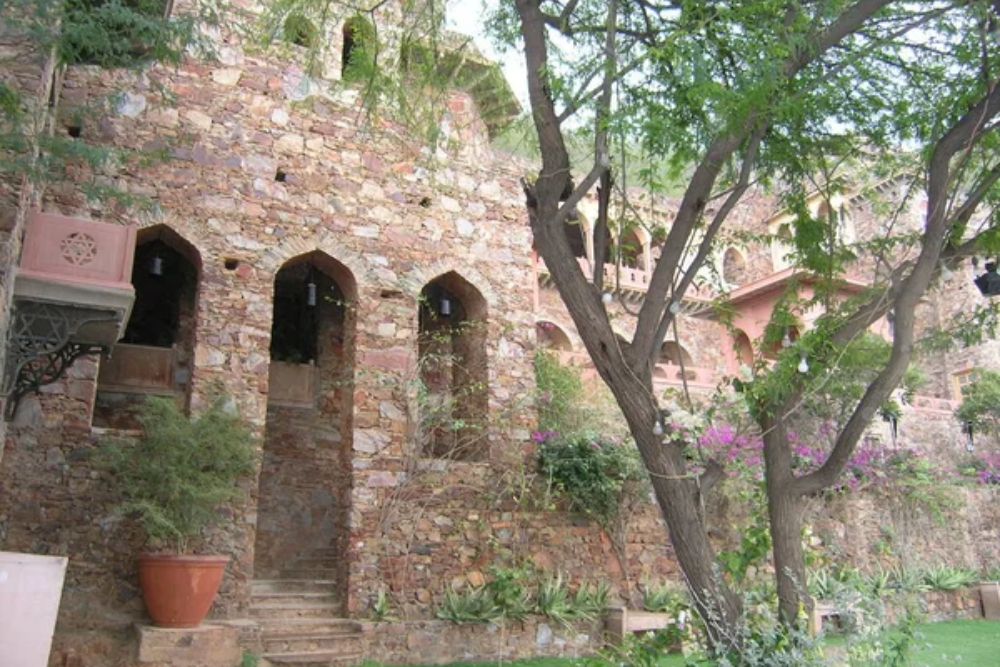
Built in 1464 on a commanding outcrop of the Aravalli Hills, this Rajasthani fort has been transformed into one of India’s most iconic heritage hotels. Once the stronghold of Rajput warriors, the palace now features terraced gardens, hanging balconies, and a pool cut into ancient stone.
The restoration preserved fresco-covered walls and grand staircases while adding luxury suites spread across multiple levels of the original fort. Guests can explore hidden passageways and turreted watchtowers before enjoying traditional Indian cuisine overlooking the desert plains below.
Fort Barwara
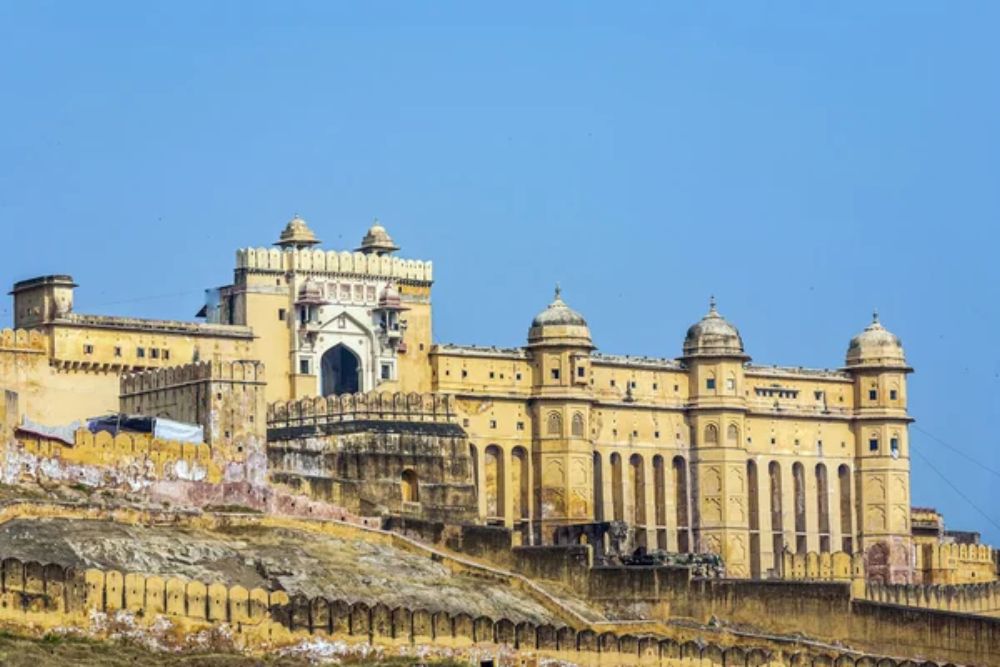
This 14th-century fortress in Rajasthan spent over 700 years protecting the region before Oberoi Hotels turned it into a luxury retreat that feels like stepping into a fairy tale. The original builders constructed massive walls and watchtowers that still dominate the landscape, creating an atmosphere that’s both imposing and romantic.
Each suite occupies what were once royal chambers, complete with hand-painted frescoes and traditional Indian textiles that honor the fort’s heritage. The transformation preserved every historical detail while adding modern amenities, proving that ancient grandeur and contemporary comfort make perfect roommates.
Like Travel Pug’s content? Follow us on MSN.
Parador de Jaén
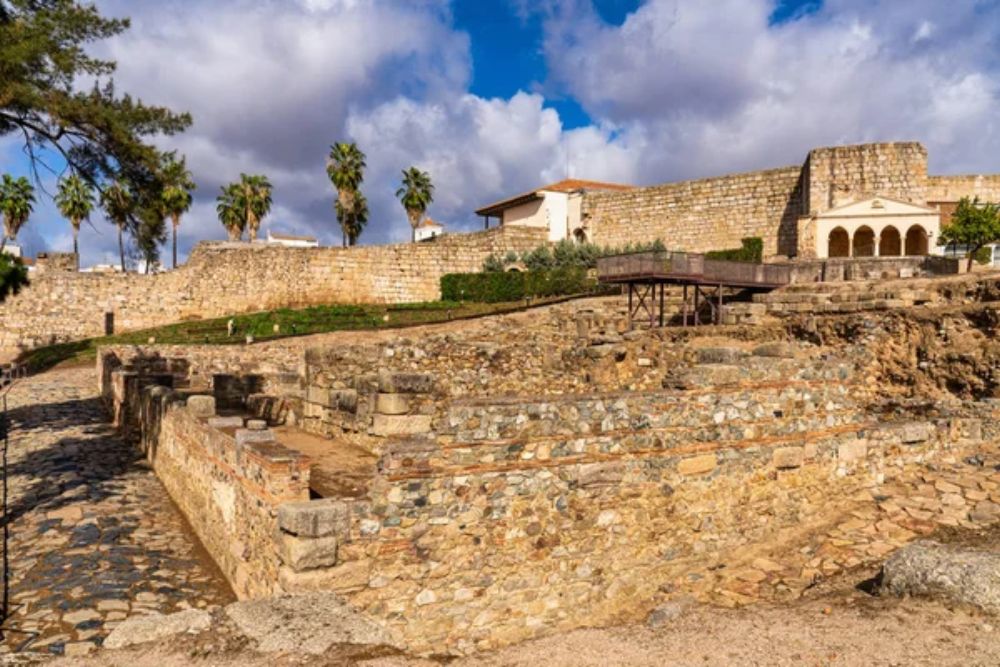
Built atop the ruins of an Arab fortress in southern Spain, this parador offers guests the chance to sleep within walls that have seen both Moorish and Christian rule. The castle’s strategic position on Santa Catalina Hill provided commanding views of the surrounding olive groves, views that modern guests can still enjoy from their rooms.
The Spanish government’s parador program transformed this 13th-century stronghold into a hotel that maintains its medieval character while offering all the modern conveniences. Standing on the terrace at sunset, you’ll understand why this location was chosen by warriors centuries ago.
Forte de São Francisco
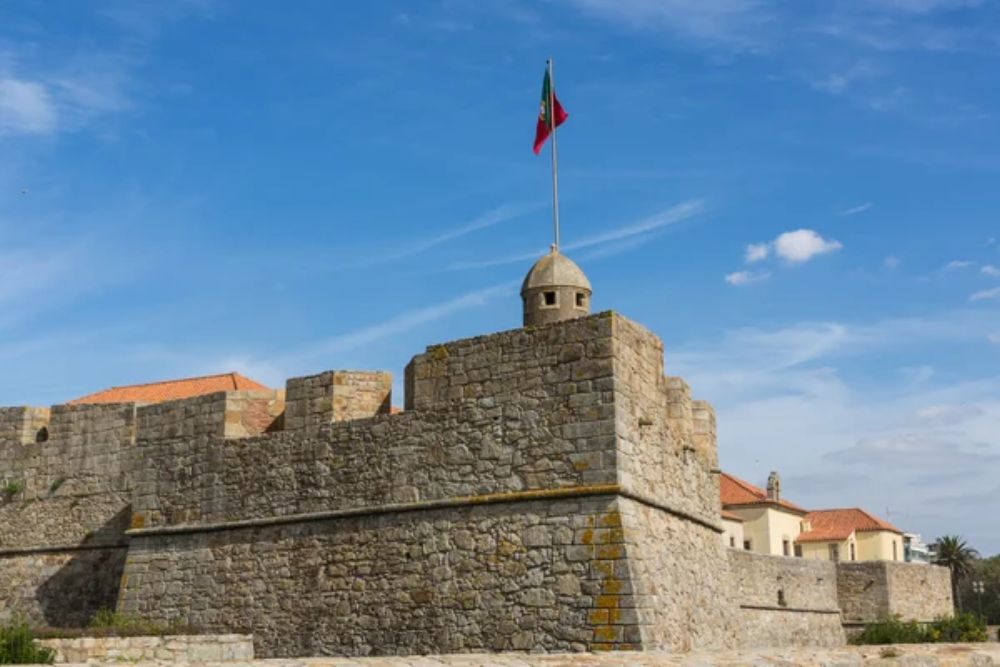
This 17th-century fortress on Portugal’s island of Porto Santo was built to defend against pirate attacks, but now the only thing guests need to defend against is the temptation to never leave. The Portuguese military constructed thick stone walls and strategic gun positions that today frame some of the most peaceful hotel rooms in Europe.
The conversion maintained the fort’s distinctive architecture while creating intimate spaces that feel worlds away from the structure’s martial past. Ocean views from former cannon emplacements now serve as the perfect backdrop for morning coffee instead of military surveillance.
Castillo Hotel Son Vida

This 13th-century castle overlooking Palma Bay in Mallorca has hosted everyone from nobility to modern celebrities, though these days the guest list leans heavily toward luxury travelers seeking historic charm. The original fortress commanded the island’s coastline, and its strategic position now provides guests with panoramic views that stretch across the Mediterranean.
Sheraton’s careful restoration preserved the castle’s Gothic and Moorish elements while creating one of Spain’s most prestigious resort destinations. The fact that you can enjoy a cocktail where medieval knights once planned battles adds a certain gravitas to happy hour.
Like Travel Pug’s content? Follow us on MSN.
Ashford Castle
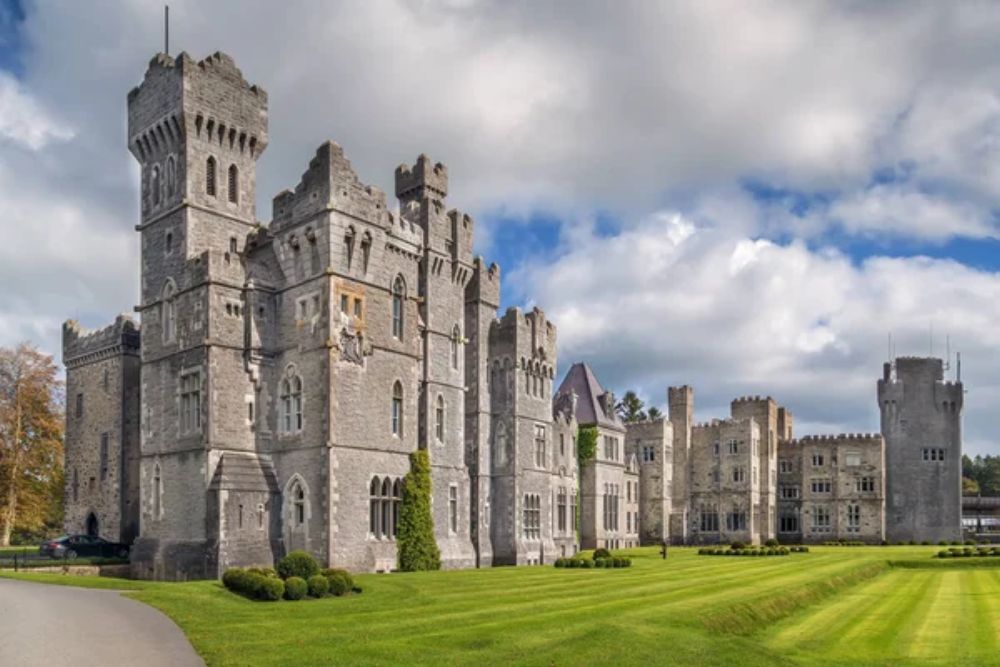
Built in 1228 on the shores of Lough Corrib in Ireland, this fortress evolved from a Norman stronghold into one of the world’s most celebrated castle hotels. The original structure served as the seat of power for the de Burgh family, but centuries of expansions created the magnificent structure that stands today.
The castle’s transformation into a luxury hotel began in the 1930s, though it wasn’t until recent decades that it achieved its current status as a bucket-list destination. Between the falconry school, championship golf course, and Michelin-starred dining, guests might forget they’re staying in a genuine medieval fortress.
Château de Mercuès
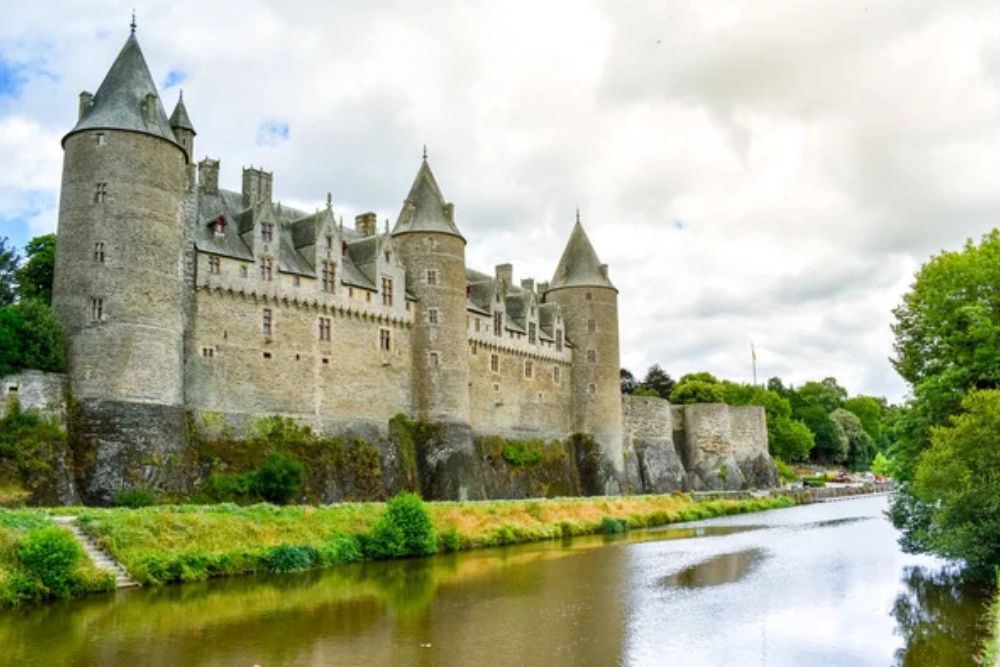
Perched high above France’s Lot Valley, this 13th-century fortress spent centuries defending the region before becoming one of the country’s most atmospheric château hotels. The bishops of Cahors originally built this stronghold as both a residence and defensive position, creating thick walls that now provide remarkable insulation from the modern world.
The castle’s location among terraced vineyards means guests can sample wines made from grapes grown on the same slopes that medieval inhabitants once surveyed for threats. Each room occupies spaces where religious and military leaders once lived, though the views of the Lot River remain as stunning as they were 800 years ago.
Pousada Castelo Palmela
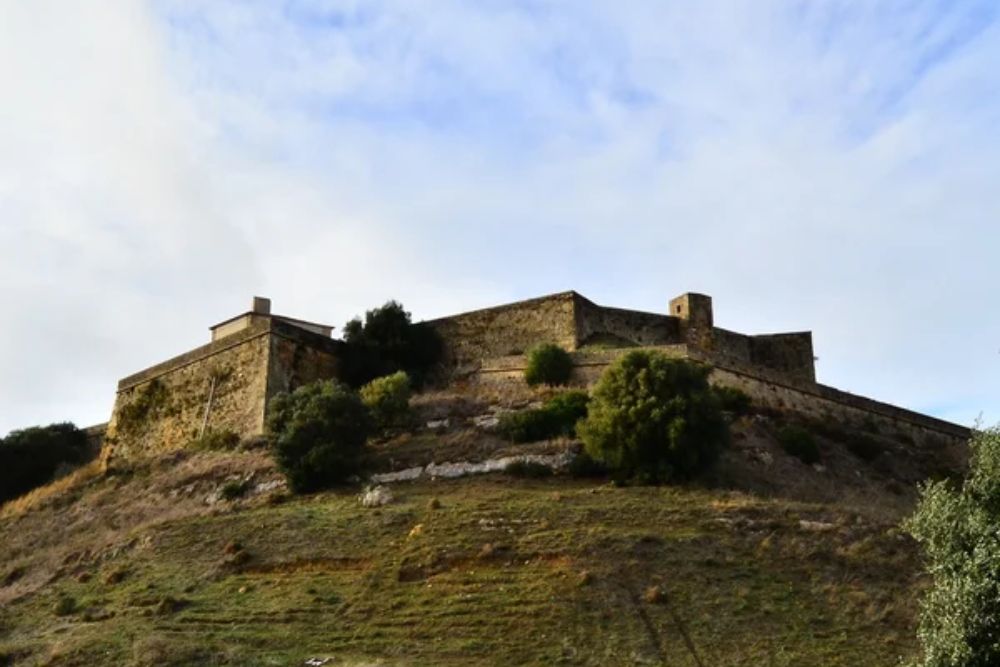
This 15th-century monastery-fortress hybrid sits atop a hill in Portugal’s Setúbal Peninsula, offering guests the unique experience of staying where monks and soldiers once coexisted. The Knights of Santiago built this complex as both a religious retreat and military stronghold, creating spaces that seamlessly blend contemplative and defensive architecture.
The conversion to a pousada preserved the building’s distinctive character while adding modern amenities that make the monastic lifestyle considerably more comfortable. From the cloisters that now serve as tranquil courtyards to the former chapel that hosts events, every corner tells a story of Portugal’s complex medieval history.
Like Travel Pug’s content? Follow us on MSN.
Fort Recovery
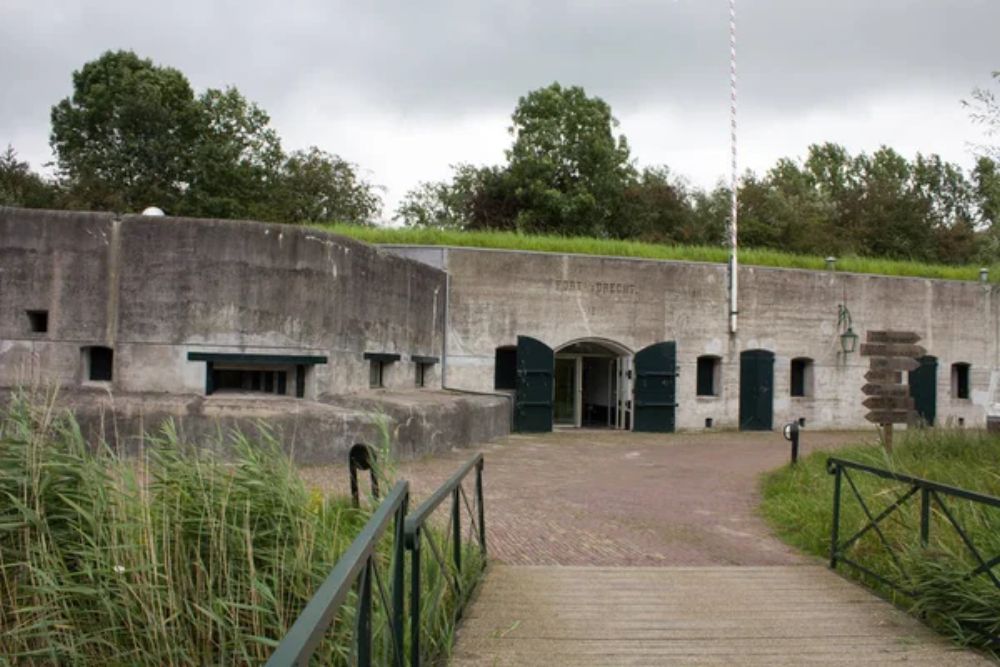
First established by the Dutch in the early 1600s and rebuilt in 1648 on the British Virgin Island of Tortola, this coastal fortress now welcomes guests instead of repelling invaders, though the views of the Caribbean remain equally commanding. The original fortification protected the harbor from pirates and rival colonial powers, using cannons positioned along the shoreline that guests can still see today.
The hotel development incorporated the historic walls and foundations while creating beachfront accommodations that take full advantage of the tropical setting. Staying here means you can walk in the footsteps of Dutch colonial soldiers while enjoying world-class spa treatments and water sports.
Château du Fey

This 12th-century fortress in Burgundy traded its role as a medieval stronghold for that of an intimate luxury hotel that feels more like staying in a private castle. The original builders constructed massive defensive walls and towers that now frame elegant guest rooms filled with period antiques and modern amenities.
The château’s position in the heart of Burgundy’s wine region means guests can explore vineyards that have been producing wine since the fortress was young. The transformation preserved every architectural detail while creating spaces where medieval grandeur meets contemporary French hospitality.
Fortaleza do Guincho
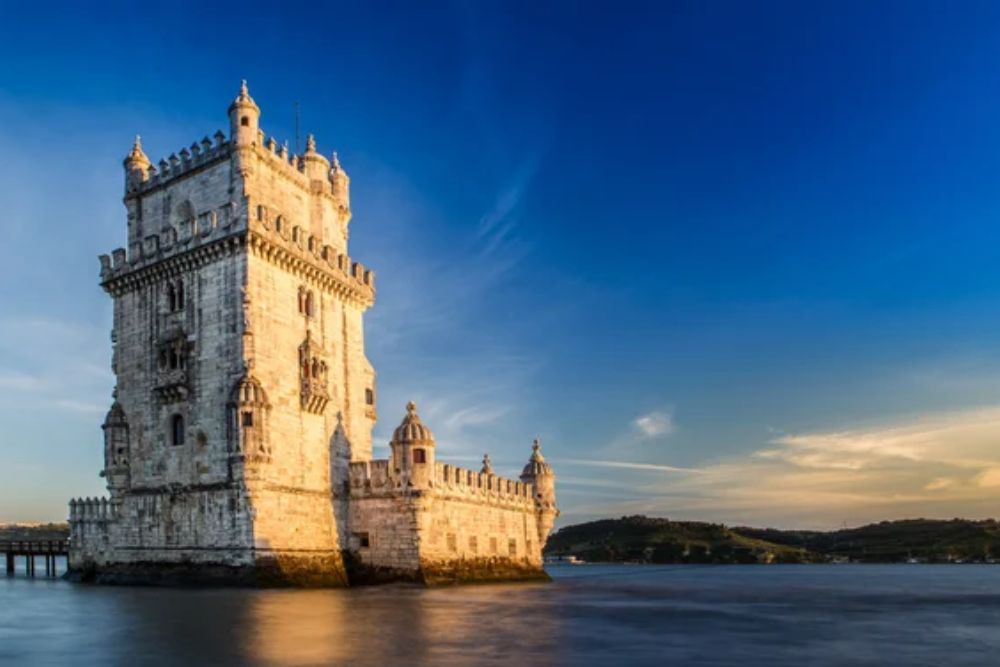
Built in the 17th century as part of Portugal’s coastal defense strategy, this seaside fortress now offers guests the chance to wake up to Atlantic waves instead of cannon fire. The original military engineers chose this clifftop location for its strategic advantages, benefits that modern guests appreciate for entirely different reasons.
The conversion maintained the fort’s distinctive profile while creating rooms that maximize the dramatic ocean views and constant sea breeze. Between the Michelin-starred restaurant and the proximity to both historic Cascais and vibrant Lisbon, guests get the best of fortress solitude and cultural accessibility.
Like Travel Pug’s content? Follow us on MSN.
Kasbah Tamadot
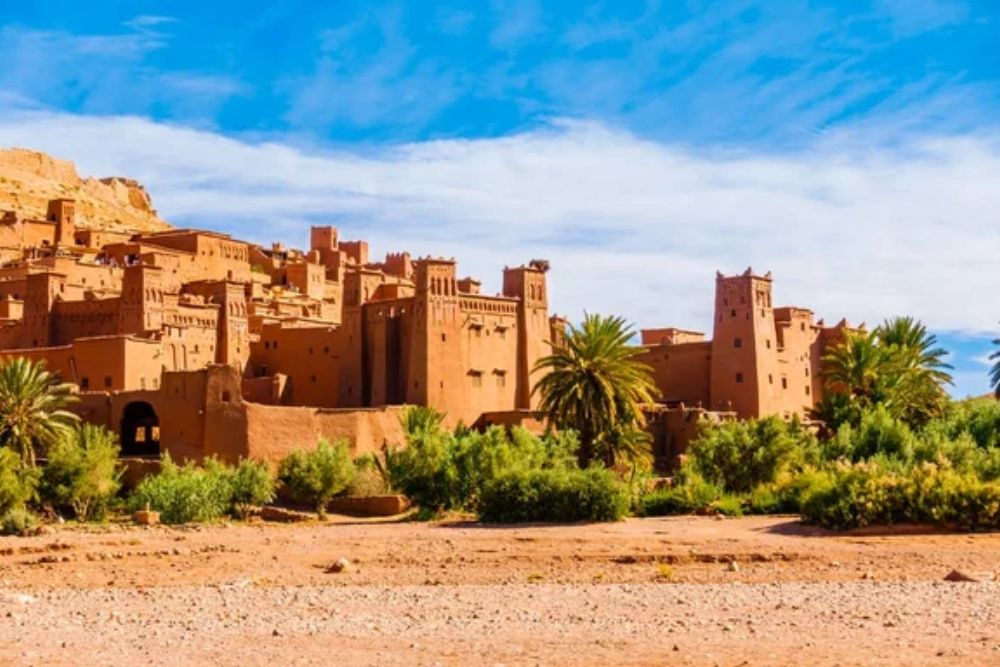
Tucked into Morocco’s Atlas Mountains, this centuries-old fortress estate was once a traditional kasbah and now operates as a luxury hotel blending Berber heritage with world-class hospitality. Winding courtyards, arched passageways, and traditional Moroccan tilework honor its original architecture, while modern comforts include infinity pools, a world-class spa, and rooms furnished with local antiques.
Owned by Richard Branson, the property feels like a private palace—guests sip mint tea under starry skies once guarded by tribal watchmen, all within view of snowcapped peaks.
Schlosshotel Kronberg
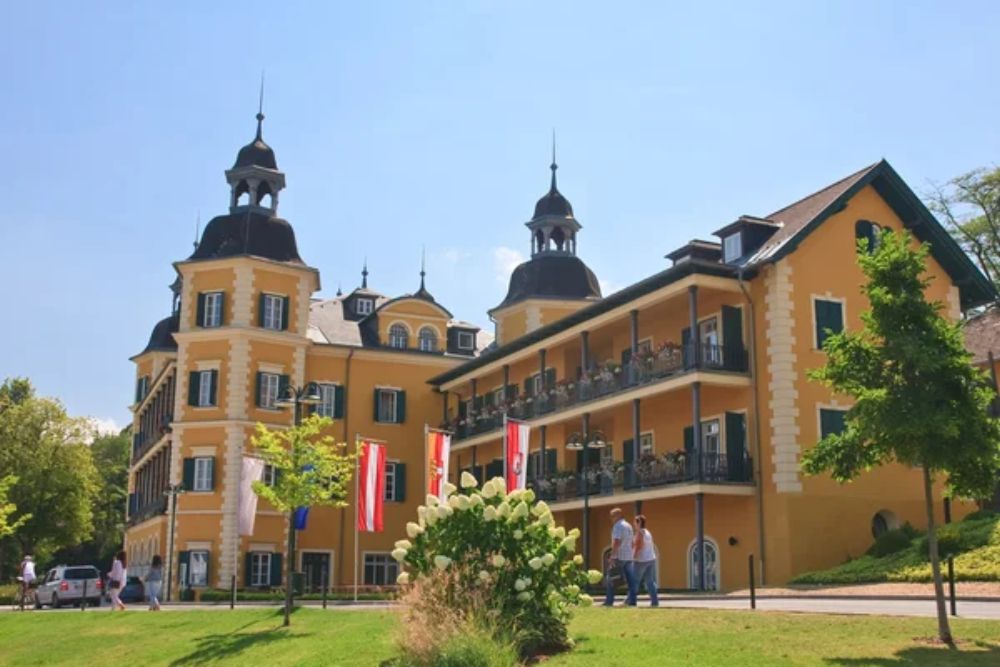
Built in the 1890s as a summer residence for German royalty, this castle near Frankfurt combines the grandeur of a royal palace with the defensive features of a traditional fortress. Empress Victoria commissioned this neo-Gothic masterpiece as her widow’s residence, creating a structure that’s both palatial and imposing.
The conversion to a luxury hotel maintained every detail of royal living while adding modern conveniences that make staying here feel like temporary nobility. The castle’s position overlooking the Taunus Mountains provides the same commanding views that appealed to German royalty over a century ago.
Fortaleza de la Mota
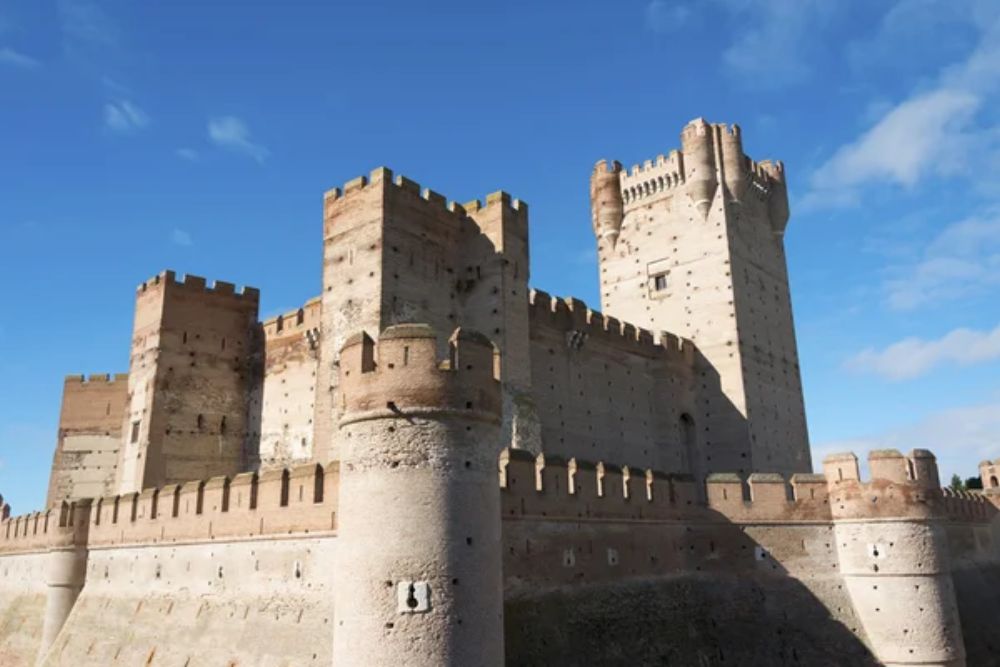
This 15th-century castle in Spain’s La Mancha region spent centuries guarding the frontier before becoming a parador that lets guests experience medieval fortress life with five-star comfort. The Catholic Monarchs commissioned this stronghold as part of their campaign to unite Spain, creating massive walls and towers that still dominate the landscape.
The parador conversion preserved the castle’s military architecture while creating guest rooms that offer modern comfort within historic walls. Standing on the battlements at dawn, guests can imagine the same views that Spanish soldiers enjoyed while defending the realm.
Like Travel Pug’s content? Follow us on MSN.
Château de Bagnols
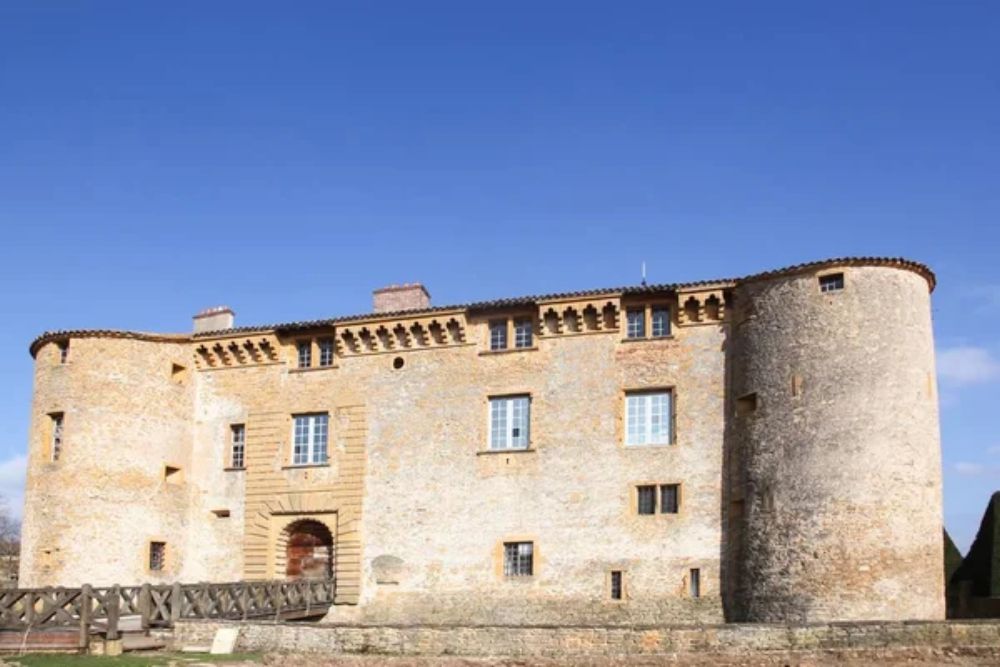
Built in the 13th century in France’s Beaujolais region, this fortress evolved from a defensive stronghold into one of the country’s most romantic château hotels. The original builders constructed thick defensive walls and towers that now frame intimate courtyards and elegant guest rooms filled with period furnishings.
The restoration preserved every medieval detail while creating a luxury hotel that feels like stepping into a fairy tale. Between the vineyard views, gourmet restaurant, and Renaissance frescoes, guests experience French castle life at its most refined.
Fort Tiracol Heritage Hotel
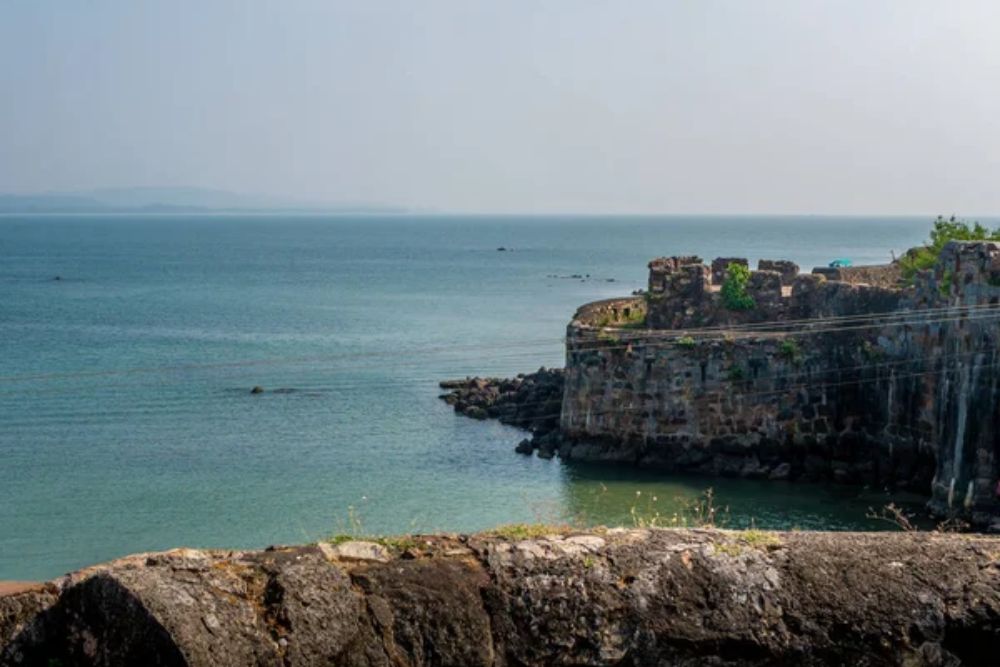
Perched on a cliff overlooking the Arabian Sea in Goa, this 17th-century Portuguese fort traded its role as coastal defender for that of a boutique hotel with unmatched ocean views. The Portuguese military built this fortress to protect Goa’s northern frontier, creating walls and battlements that now frame some of India’s most dramatic hotel rooms.
The conversion maintained the fort’s historic character while adding contemporary amenities that complement rather than compete with the ancient architecture. Guests can explore the same ramparts where Portuguese soldiers once watched for threats, though now the biggest concern is choosing between the infinity pool and the private beach.
Beyond the Ramparts

These transformed fortresses prove that the best way to preserve history isn’t always behind glass cases in museums. By giving these ancient strongholds new life as luxury accommodations, hoteliers have created experiences that let travelers truly connect with the past while enjoying all the comforts of the present.
Each stay becomes a conversation between centuries, where modern guests can appreciate the craftsmanship, strategy, and vision of builders who constructed these walls to last forever.
More from Travel Pug

- 20 Best Beach Towns in the Carolinas
- 13 Destinations Where Tourists Regularly Regret Their Trip
- 20 Things You Actually Get in First Class
- 20 Small Airports With Aviation Museums
- 20 Places in the U.S. That Are Perfect for a Reset Trip
Like Travel Pug’s content? Follow us on MSN.
